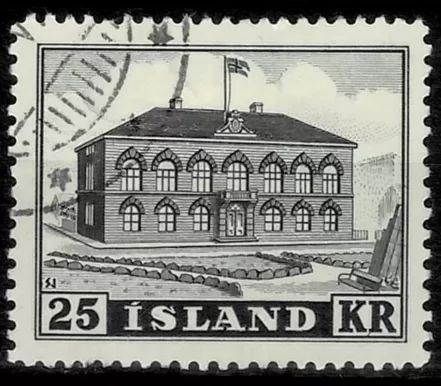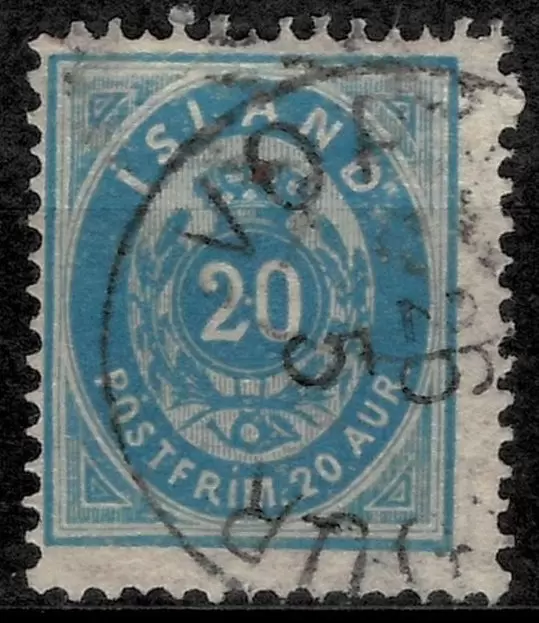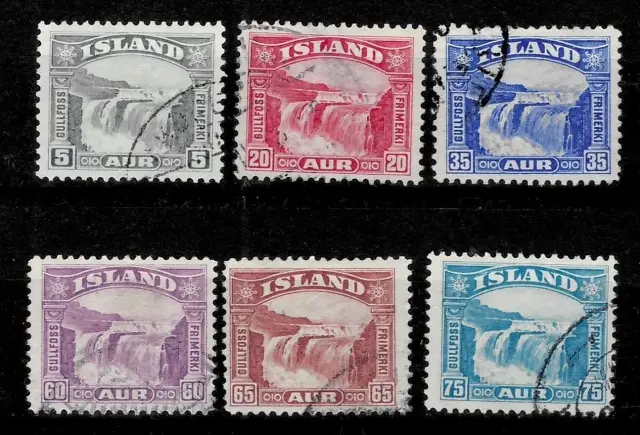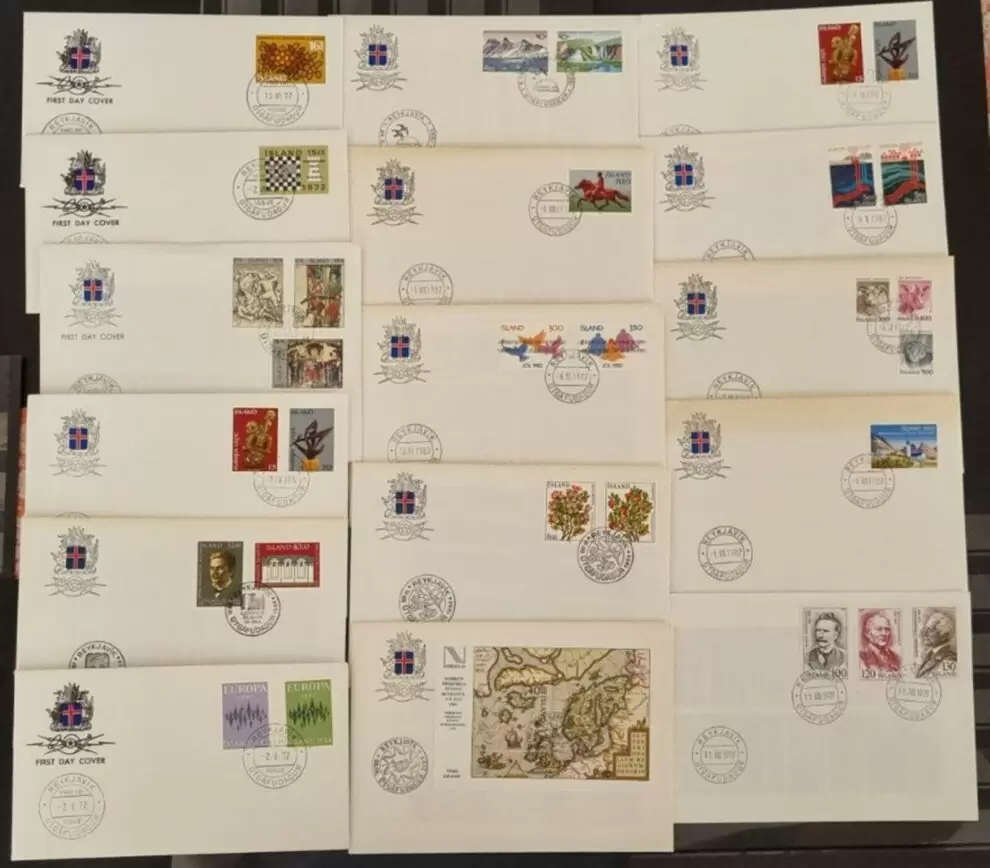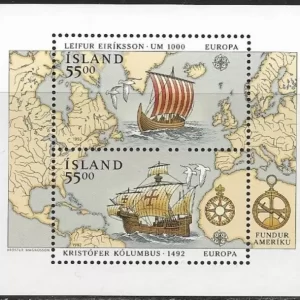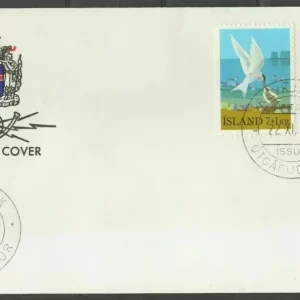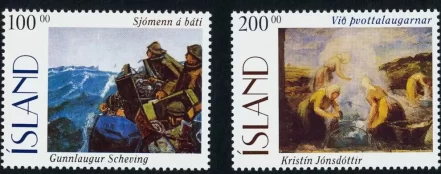Iceland stamp year 1952 The Building of the Althing
Iceland issued a 25 kr postage stamp in April 1952 depicting the Althing building (Alþingishúsið), the historic parliament house in Reykjavik (Scott #273, Michel #277).
Stamp Details
The stamp honors the Althing, one of the world’s oldest parliaments founded in 930 AD at Þingvellir, with the modern basalt-built structure completed in 1881 serving as its seat. Printed without watermark and perforated 13, it symbolizes Icelandic democracy and governance traditions. Part of a commemorative set, it appeals to collectors of architecture and political history thematics.
Collectibility
Mint never hinged (MNH) examples sell for $150+ USD, while mint hinged (MH) or used copies range $25–$35 on auction sites like eBay due to scarcity and condition demands. First day covers from Reykjavik add premium value around €100 for superfine centering. Popularity stems from Nordic philately and the stamp’s high denomination rarity.

